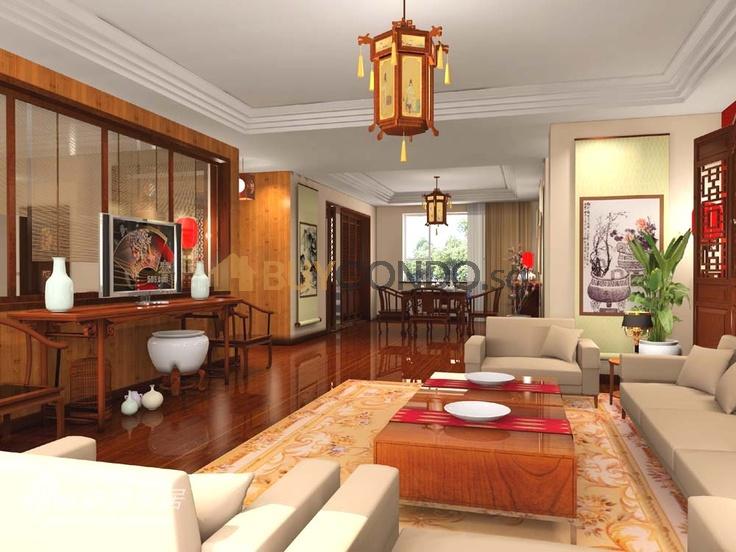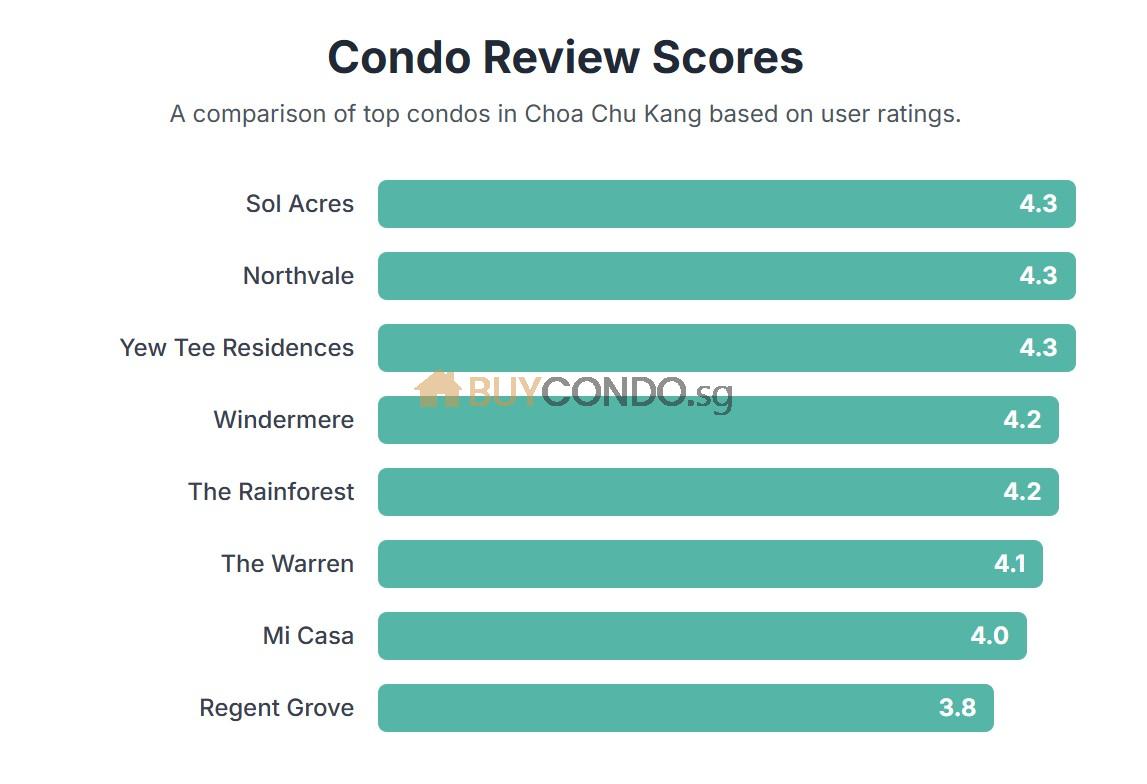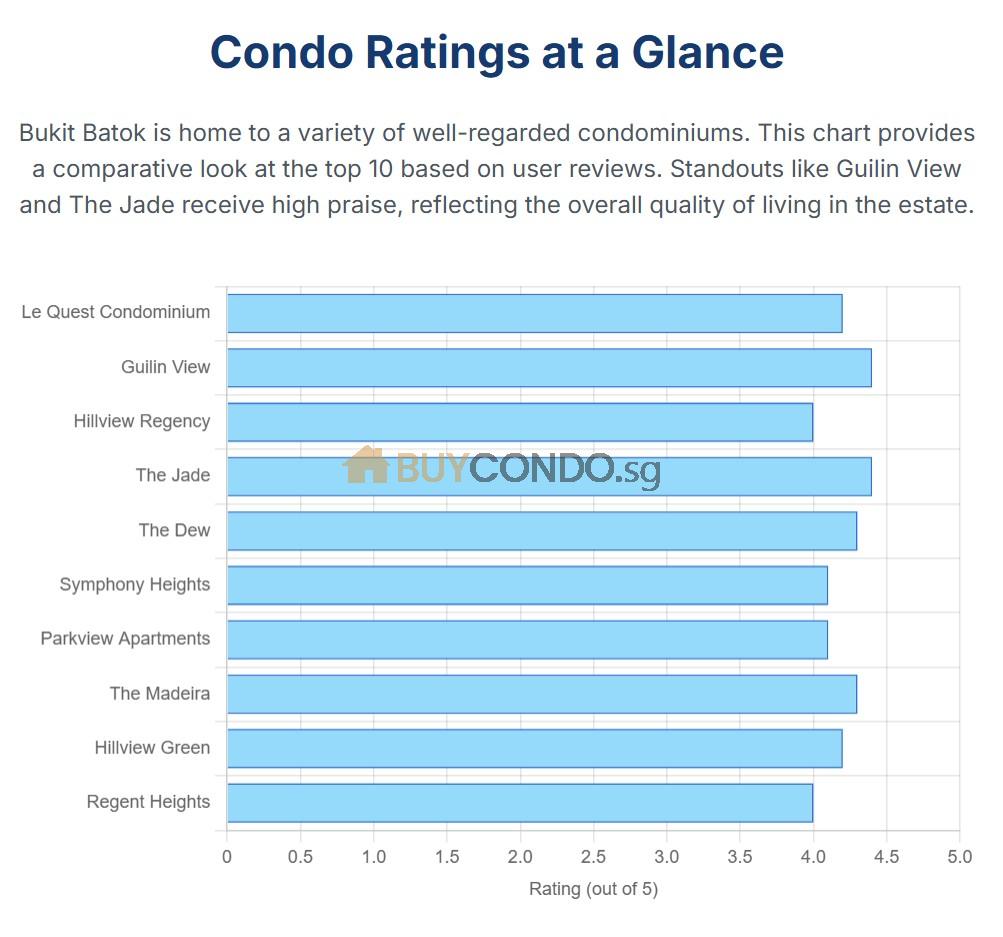10 Steps Checklist for Home Buying in Singapore

Buying a home in Singapore means you’ll go through serious but rewarding steps. These cover your goals, how much you can spend, and your likes.This checklist guides you from why you’re buying the place to checking if you can get a loan and how to manage your money.
First, figure out if you’re getting the home for you, as an investment, or to pass on to the family. Then, see if you can get a loan, be it from the HDB or a private bank. Careful not to stretch your budget too far, looking at down payments and all the fees.
Think ahead about any needed fix-ups and when you can actually move in. Plan your finances well, including renovation costs and moving fees. This makes switching to your new place easy.
Key Takeaways
- Decide why you’re buying: for yourself, as an investment, or to share with family.
- Check if you can get a loan, either from the HDB or a bank, to see what you can afford.
- Remember to include all fees, like for stamp duty, and the costs of renovating.
- Think about moving costs and fixing up the place in your budget for a smooth start.
- Make sure your finances can handle the purchase without too much strain for a secure investment.
Understanding Your Home Buying Objectives
Starting the 10 steps checklist for home buying in Singapore means setting clear goals. You need to know if you’re buying for yourself or to make money. Knowing this will guide you to the right decisions.
Personal Use vs. Investment
Deciding between personal use and investment changes how you buy. For renting out, think about how much you can earn and if the place is easy to rent out. If it’s for living, consider the space and how many bedrooms you need. Down payments usually start from 3% to 5% of the price for regular loans, and you can even find loans with no down payment required. Being clear on these points is crucial for your house buying steps.
Property Size and Type
Your home’s size and type depend on what you want in Singapore. A family needs more space, while singles might like something smaller. Look into different types, from HDB flats to private condos. This helps you find what meets your needs. In the U.S., buying a home usually takes about four months on average. It’s key to adjust advice from the buying guide to where you are.
| Objective | Considerations | Location |
|---|---|---|
| Personal Use | Property Size, Bedroom Count | How far from MRT, Any Good Schools |
| Investment | Rental Yield, Capital Gains | Any International Schools, Business Parks |
| Knowing what you can afford is key in buying a home. You need to make sure you can pay for the house you want. This helps avoid losing money on homes you can’t afford. |
Loan Assessment
First, check how much you can borrow. Your monthly home loan payment should be under 55%(TDSR) of what you earn each month. If you’re under 30 and expect more money soon, you could spend up to half your income. Knowing this makes sure you’re not in over your head with a loan.
HDB Loan vs. Bank Loan
In Singapore, choosing between a HDB loan and a bank loan is crucial. HDB Loan would be more stable with the flat interest rate.
When you offer on a house, you need to put down 1% to 3% of the price. Make sure to compare HDB and bank loans well. It helps you see which is best for your finances and future plans.
Creating a Financial Plan
One crucial step in buying a home is making a full financial plan. This plan makes sure you can afford your property and keeps your future money safe.
Downpayment and Costs
To buy a house right, you must think about every cost. The down payment is key and varies from 3% to 20% based on your loan type. Also, keep in mind you’ll need to pay closing costs and third-party fees, which can be up to 5%. Don’t forget about stamp duties, legal costs, and other fees when getting your finances together.
A solid financial plan makes buying a home easier. It cuts down on stress and boosts the chances of a good investment.
Location and Property Type
Choosing the right place and type of home is key in Singapore. You might pick from public options like BTO flats or HDB resale flats. Or you might go for private places like condos and landed homes.
Public vs. Private Housing
HDB flats are great for first-time buyers and those with smaller budgets. They come with eligibility rules and subsidies. On the other hand, private options offer more privacy and upscale facilities but at higher prices and upkeep costs. It’s crucial to match the property type with your budget and goals. Prices range from BTO flats to luxury Condos.
Proximity to Amenities
Location really matters for value and living ease. Homes near transport, schools, and shops are usually top choices. This makes it easy to reach everyday needs and get around. Make sure the place is not too far from work and good schools.
Think about what your family needs. Do they need easy transport or nearby shops? Consider this when choosing a home in Singapore. Doing your homework and knowing the market well can help. It will guide you to pick a home that fits your budget and dreams.
Renovation and Move-In Timeline
Knowing about renovation and move-in times is key when buying a house. It helps you smoothly shift to the new place. It’s important to grasp each renovation phase and its costs. This knowledge eases your move to the new place.
Renovating a home can seem hard and long. It requires many steps and careful timing. From protecting the site to the last touches on the renovation, every step counts. Sticking to a set timeline helps prevent stress and delays.
It’s vital to plan your budget well for the renovation. This makes sure all project phases get proper funding. In Singapore, renovation costs can be between $20k to $80k, with about $10k for each room. For a typical 4-room flat, you might spend around $40k. Being financially ready is very important. There are renovation loans for those who need financial help.
Working with an interior designer or contractor on your renovation timeline is a must. This helps avoid any project time blowouts. Hiring an interior designer might cost from $24,000 to $168,800, depending on what you need. A clear timeline is crucial for a smooth progress track and timely completion. Checking on your renovation often lets you solve problems quickly and keep on your deadline.
Setting up an emergency fund for your renovation is smart. It covers any extra costs that might pop up. Renovating in stages might suit your taste or wallet better. After your renovation, there are steps like cleaning up and setting up Wi-Fi. This makes your move-in easier.
Moving in Singapore can cost from $500 to $900, and this depends on your home’s size and the move’s complexity. Companies like CYC Movers sometimes give out 20 free boxes and sell bubble wrap for packing. Finishing your renovation before moving in helps avoid moving day hassles. Good planning ensures your move to the new house is trouble-free.
Understanding Tenancy Agreements
Buying a home with tenants means you should carefully check their rental agreement first. You’ll avoid surprises this way. A good agreement has info on who is renting, the rent and how to pay, and the length of the lease. It also details who pays for the utilities, the security deposit rules, who looks after the home, and what’s supposed to happen legally.
Reviewing Clauses
Focus on clauses like how the lease can be renewed, when the property should be empty again, and any rules about changing the agreement. In the UK and Wales, tenants are protected by law after just starting rent, even if nothing is written down. In Singapore, landlords might ask tenants to check on the home’s condition together to avoid later arguments. Knowing these points helps you create a smart home buying plan before you decide anything for sure.
Vacant Possession vs. Tenanted
Decide if you want a home empty or with someone already living there. Buying an empty home gives you quick move-in or personal use options. A home with tenants might be better for investment but you must understand their lease terms. When a fixed lease ends, you might extend it, switch to a monthly one, or have them leave. These details are key in your property buying preparation.

10 Steps Checklist for Home Buying
The 10 steps checklist for home buying in Singapore is a detailed manual. It guides prospective buyers through the many steps of acquiring a property. By being well-informed, buyers can make smart financial and strategic choices.
It’s crucial to know your buying goals. Decide if you’re buying this property for yourself or as an investment. Your choice will affect property type and any future selling plans. Investment properties mainly aim for high rent and growth in value. Personal homes focus more on size and features.
After setting your goals, check your financial readiness. See how much you can borrow with an HDB or bank loan, like those from HDFC, ICICI Bank, and SBI. Their rates start from 6.70%. Don’t forget, keep your monthly loan payments under 35-40% of your income.
Now, make a financial plan. Figure out your down payment and extra costs such as duties and fees. Banks usually cover just 85-90% of the home price, leaving you to pay the rest. Make sure you can afford to pay 31% to 36% of your income on housing each month.
Picking the right location and type of property is critical. Choose between public and private homes. HDB flats are cheaper but come with more rules. Private homes offer more freedom. Also, consider how close the property is to schools, hospitals, and transport.
Think about when you want to move in and if you’ll do any renovations. Homes ready to move in save you from paying GST. Planning for extra time before moving can make the switch smoother.
If the property is already rented out, study the lease carefully. Look at rules on ending the tenancy or when you can move in. This prevents later arguments.
Here’s what the 10 steps look like:
- Determine your home buying objectives.
- Assess your financial eligibility.
- Create a detailed financial plan.
- Choose the right location and property type.
- Plan for renovation and move-in timeline.
- Review the tenancy agreements carefully.
- Secure a pre-approval for your mortgage.
- Understand the total cost of ownership.
- Verify ownership and legal status of the property.
- Make an informed final decision.
Follow this home buying checklist to buy your house effectively. Spending time to comprehend these house buying steps helps you choose wisely. It meets your immediate needs and future objectives smoothly.
Finalizing the Purchase and Verifying Ownership
The home buying process ends with checking the purchase details and confirming who owns the place. It’s vital to make sure everything is legit to avoid issues later on.
Ownership Verification
Verifying who owns the home is key. Buyers should look at the title deed to see if the seller can legally sell the house. It’s smart to have a legal expert, a conveyancing lawyer, do this job. This way, you make sure your money is going to the right place, and you’re not falling into any traps.

Legal Considerations
Knowing the laws in place when you buy a home is really important. Watch out for new laws that could change the house’s value or your loan options. You should also be ready for the transaction fees, like closing costs. These can be a few thousand dollars or 2%-5% of the home’s price. Remember, wrapping up the deal can take 30-90 days. This time, a lot of paperwork and signing happens to finish the sale. Think about Owner’s Title Insurance, too. Often, the seller covers this to protect you from future claims against your new home.
Dealing with these legal matters at the start can make your purchase go smoother. Following these tips and keeping good records will help you buy your new home with confidence.
Conclusion
To wrap up the 10 steps checklist for home buying in Singapore, it’s crucial to be methodical and well-informed. Buyers should focus on key points like the home’s purpose and financial planning. Addressing these aspects carefully can lead to a successful and less stressful buying experience.
The guide stresses being ready financially to avoid surprise loan rejections. It’s a must to check your finances before starting to look for a house. Also, getting a pre-approval on a home loan helps. It lets you know the exact amount you can borrow. This way, you can shop for homes within your budget confidently.
Knowing all the home purchase costs is important. This includes the down-payment, stamp duties, and legal fees. Planning your finances well helps to manage risks and avoid overspending. The checklist is a solid tool to guide you through the complex process of buying a home in Singapore.
Arming yourself with knowledge from this guide puts you in a better place to decide wisely. Being proactive in checking home ownership and understanding rental agreements is key. Also, learn about different loan types to match your financial profile. A detailed strategy like this ensures a smooth and rewarding home buying process.
Tips for Checking Defects In a New Condo Upon Obtaining TOP
FAQ
What are the primary objectives to consider when buying a home in Singapore?
Identify why you’re buying. Is it for yourself, as an investment, or for future generations? This choice shapes your property type, loan options, and strategy.
How do I assess my financial eligibility before purchasing a house?
First, know your loan limit with an HDB Loan Eligibility (HLE) or bank pre-approval. This step helps you focus on affordable properties.
What are the main differences between HDB loans and bank loans?
HDB loans need lower down payments and have easier criteria. Bank loans might have better rates but need bigger down payments.
What costs should I consider in my financial plan when buying a property?
Include down payment, stamp duties, legal fees, and renovation costs in your plan. Also, think about your monthly loan payments.
How important is the location and type of property in the home buying process?
Situation decides future value and ease of living. Choose public or private housing based on needs and how close you want to be to schools and transport.
What should I consider when planning for renovations and setting a move-in timeline?
Think about how long renovations will take and their cost. Add a buffer to make moving from your old place to the new one as smooth as possible.
What should I look out for in tenancy agreements when buying a tenanted property?
Check the agreement, looking at renewal and moving provisions. Make sure there’s no clause preventing you from moving in when the lease ends.
What steps are involved in the 10 steps checklist for home buying in Singapore?
First, set your goals, check your ability to get a loan, and make a financial plan. Then, pick the right property type and location. After that, plan for renovations and learn about tenancy rules.
Lastly, go through all the final checks and documents to buy the property.
How do I verify ownership before finalizing a property purchase?
Verify ownership to ensure the seller is the lawful owner. Consider any legal changes that could affect the property’s price, your loan options, or the use of CPF and grants.













